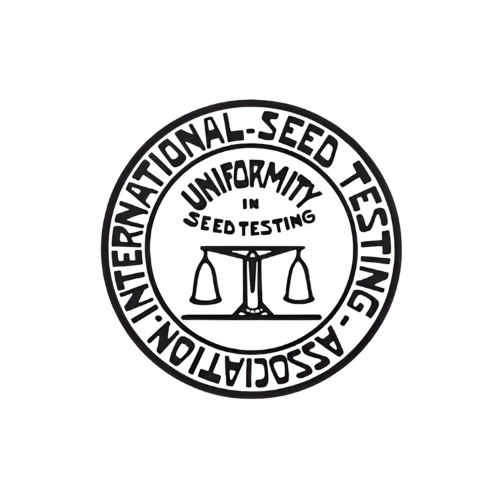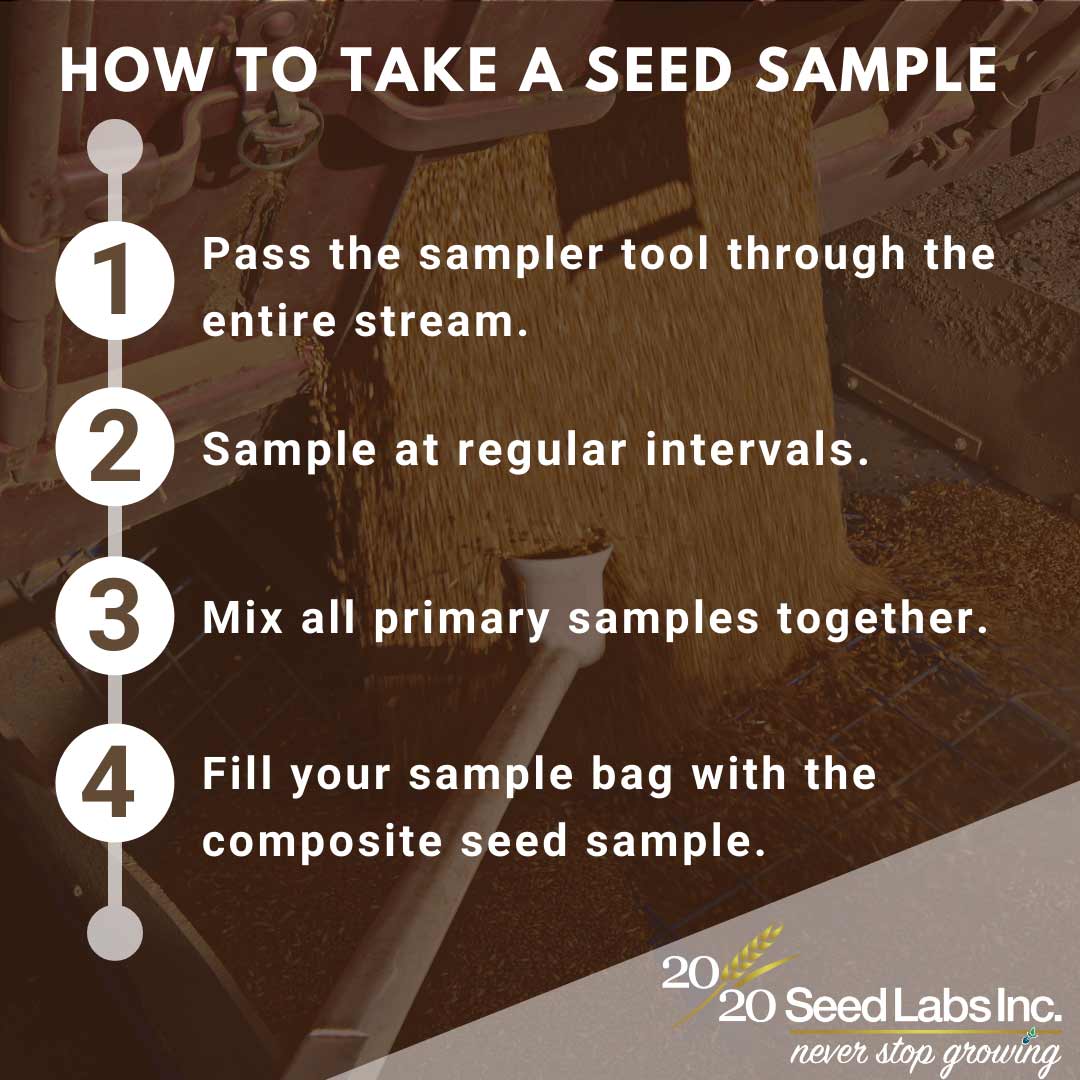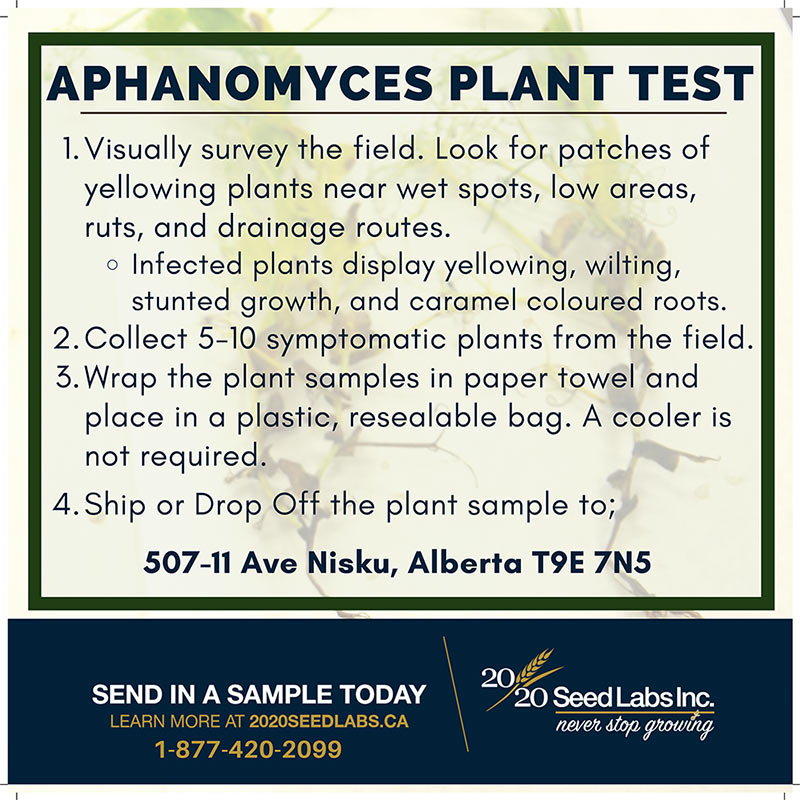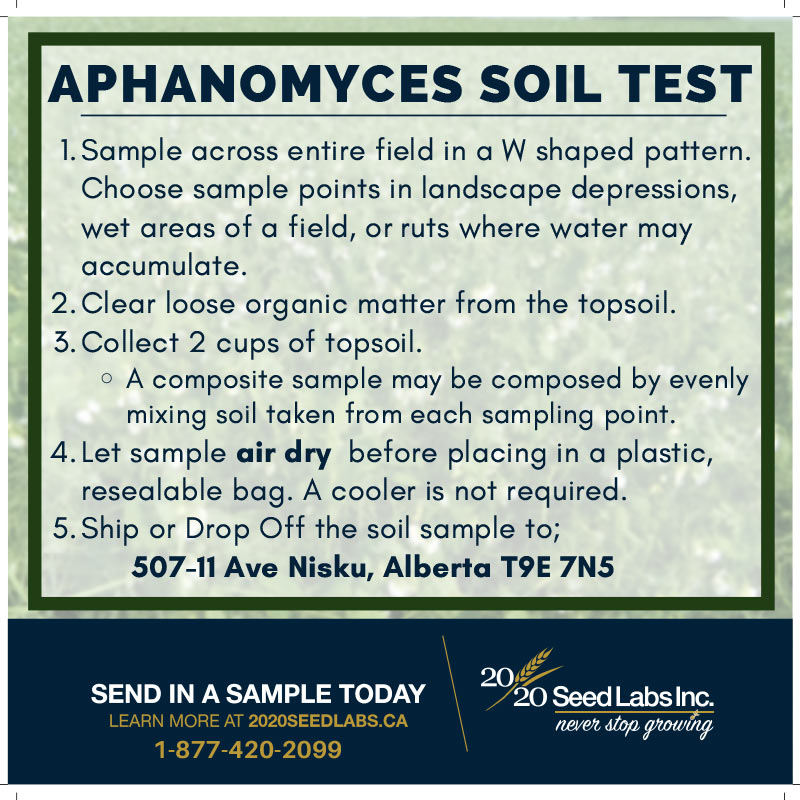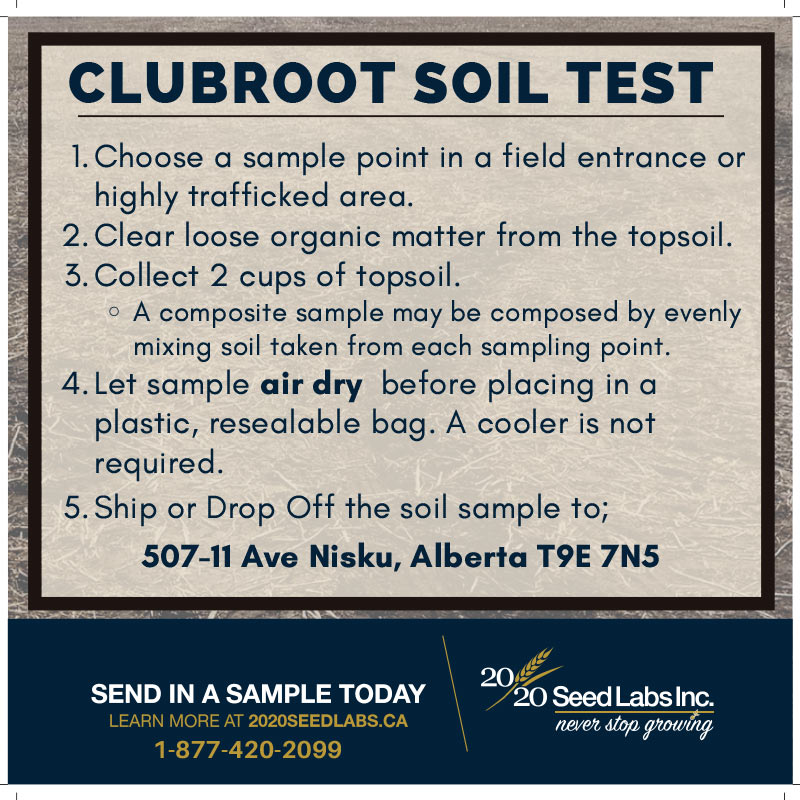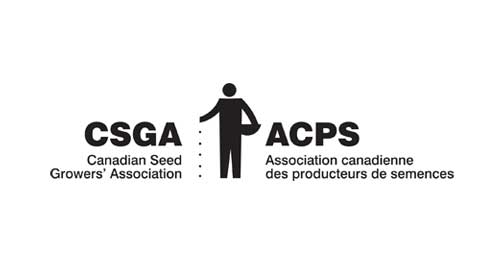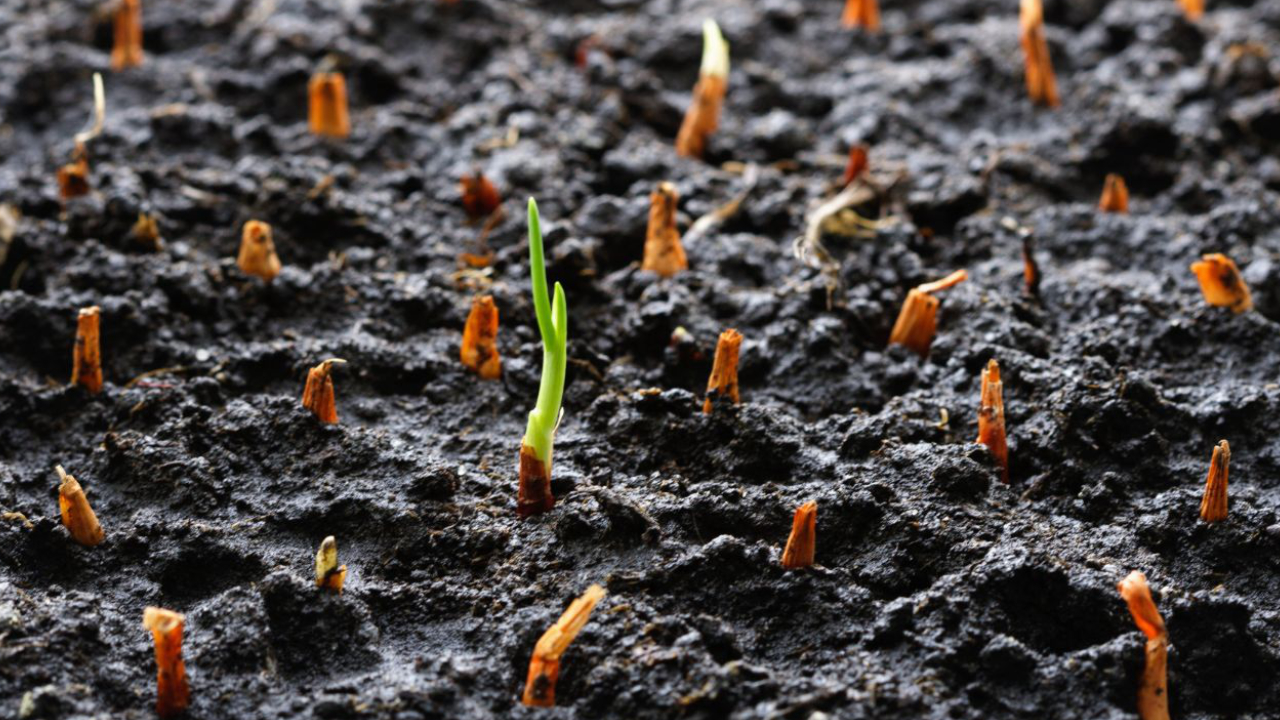
By Moses Palmer, Nisku Laboratory Manager and SR Seed Analyst
Spring is here and farmers are making the all-important decision on which seed lots to seed for a successful crop. Most farmers retest their seeds after winter storage following established best practices. Average germination and vigor percentages of seed lots tested from January to April 2025 are presented in the table below.
Average germination and vigor percentage of seed lots tested in January to April 2025
|
Crop Kind |
Average Germination % |
Vigour % |
|
Wheat |
95 |
95 |
|
Barley |
93 |
91 |
|
Wheat, durum |
94 |
91 |
|
Triticale |
89 |
94 |
|
Rye |
86 |
91 |
|
Oat |
92 |
89 |
|
Lentil |
97 |
90 |
|
Pea |
87 |
82 |
|
Bean, faba |
82 |
74 |
Average germination and vigor for Triticale and Rye was relatively low compared to wheat. The numbers could be related to mechanical damage from processing and handling, which is common especially in Rye. Barley and Oat samples tested during this period had deep dormancy and that accounts for the low germination and vigor. In January 2025, we removed dormancy breaking techniques applied to cereals right after harvest.
Mechanical damage continues to negatively affect seed quality in large seed pulses. Farmers need to make a conscious effort to handle pulse seeds gently prior to seeding so as not to exacerbate the level of damage in the lot.
Farmers also need to consult their agronomists to determine how to adjust seeding rates to make up for these low germination and vigor levels.
Book a consultation with a SR Seed Analyst here https://2020seedlabs.ca/contact-us/
Learn more about our tailored packages that include tests for vigor and germination here:





